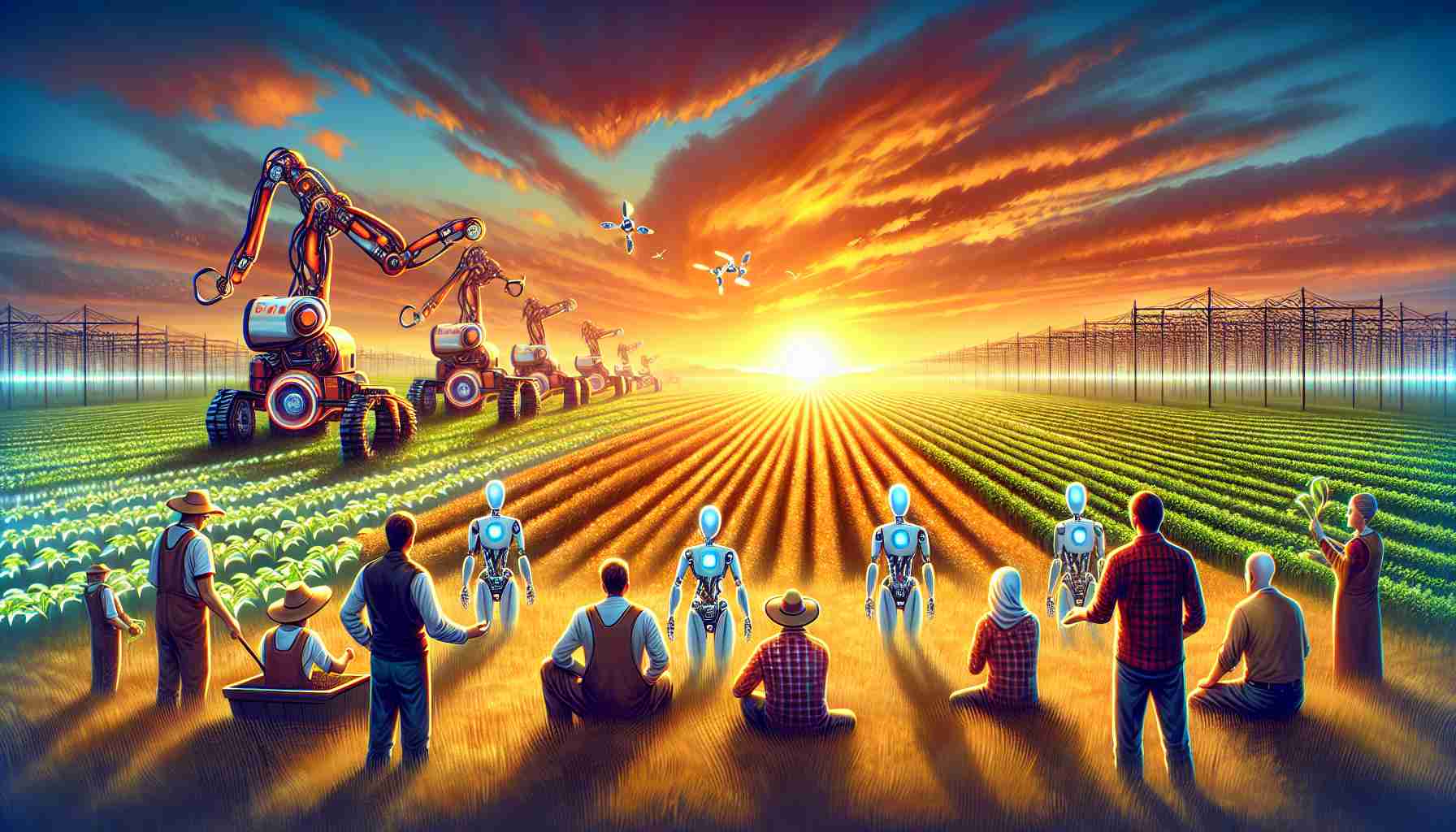Sustainable agriculture is poised for a technological revolution, with artificial intelligence (AI) at the forefront. As the world grapples with the dual challenge of feeding a growing population and combating climate change, AI-driven innovations are emerging as invaluable tools in transforming farming practices.
AI technologies now offer unprecedented capabilities in predictive analytics, enabling farmers to make more informed decisions about crop planting and harvest schedules. By analysing weather patterns, soil conditions, and crop health in real-time, AI can optimise inputs like water, fertilisers, and pesticides. This not only maximises yield but also minimises environmental impact, reducing the carbon footprint of agriculture.
Furthermore, the development of robotic farming equipment equipped with AI capabilities is transforming labour practices and efficiency. With the ability to operate autonomously, these machines can plant, tend, and harvest crops with precision previously unattainable, freeing up human labour for other tasks and addressing labour shortages in agriculture.
Yet, it’s not just about efficiency. AI empowers farmers to implement precision agriculture, a method that targets specific areas of land, thereby conserving resources and promoting biodiversity. This tailoring of agricultural practices ensures that each plot receives only what it needs, fostering healthier ecosystems.
As AI continues to evolve, its integration into sustainable agriculture holds the potential to revolutionise how we think about food production. By leveraging these advanced technologies, the future promises a balance between agricultural productivity and environmental stewardship—an essential step towards a more sustainable and food-secure world.
The Hidden Impact of AI on Agriculture: Reshaping Rural Lives and Global Dynamics
As AI technology transforms sustainable agriculture, there’s more beneath the surface than improved crop yields and reduced environmental footprints. This revolution is significantly altering social, economic, and geopolitical landscapes, often in unexpected ways.
Social Dynamics: The introduction of AI-powered robotic farming equipment is reshaping rural communities. While these innovations alleviate labour shortages, they also precipitate a shift in employment patterns. Traditional farmhand roles are gradually being replaced by tech-focused positions. This presents an opportunity for training and education in rural areas, but also a challenge for those unable to adapt to new technologies.
Economic Effects: Countries heavily reliant on agricultural exports could benefit greatly from AI, boosting productivity and competitiveness in global markets. However, an over-reliance on technology may increase farmers’ vulnerability to cyberattacks, raising questions about data security and sovereignty. Will small farmers be able to compete with large agribusinesses in this high-tech arena?
Geopolitical Consequences: As AI-driven agriculture leads to increased yields, it has the potential to shift the balance of global food supplies. Nations traditionally dependent on imports might achieve self-sufficiency, impacting global trade dynamics. Conversely, this could create tensions as resource-constrained countries seek to access cutting-edge technologies developed elsewhere.
Environmental Concerns: While AI optimises resource use and promotes biodiversity, the question remains: at what cost? The energy demands of AI infrastructure may increase carbon emissions, potentially undermining its environmental benefits.
The integration of AI in agriculture presents both opportunities and challenges. As we embrace these technological changes, engaging communities, policymakers, and tech industries is crucial to ensure equitable and sustainable outcomes.











